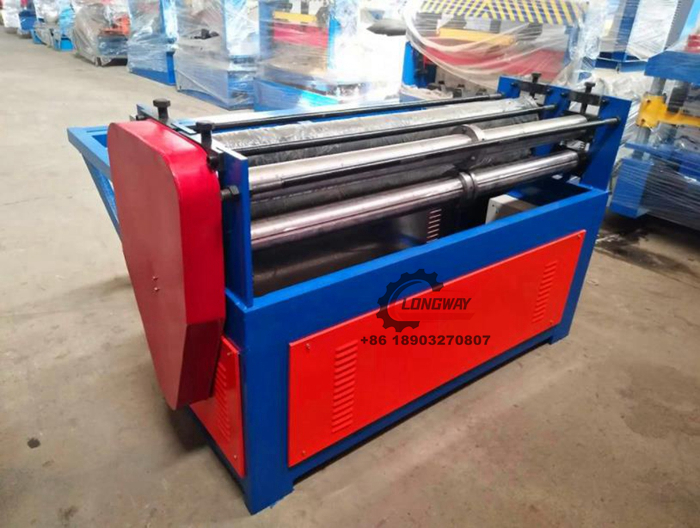China Z Purlin Roll Forming Machine Manufacturer for High-Quality Steel Production
The Evolution of China’s Z Purlin Roll Forming Machine Industry
In recent years, the construction industry in China has witnessed significant advancements, particularly in the field of metal fabrication and structural components. One of the most notable developments has been the rise of Z purlin roll forming machines, which have become indispensable in the production of Z purlins used in steel structures.
Understanding Z Purlins
Z purlins are horizontal structural members used to support loads and are an essential component in the construction of buildings, particularly in steel-framed structures. Their unique shape, resembling the letter Z, allows for efficient weight distribution, making them ideal for use in roofs, walls, and other structural applications. The design offers advantages such as lightweight, high strength, and ease of installation, which are crucial for modern construction demands.
The Role of Roll Forming Machines
Roll forming machines are vital in the production of Z purlins. These machines process metal sheets by running them through a series of rollers that bend and shape the material into the desired profile. The roll forming process is highly efficient, allowing manufacturers to produce long lengths of Z purlins with consistent quality and precision.
China has established itself as a leader in the manufacturing of roll forming machines due to its advanced technology, robust production capabilities, and skilled workforce. Factories across the country have invested in state-of-the-art machinery and research and development to improve production efficiency and product quality.
Factory Production Processes
china z purlin roll forming machine factory

The production of Z purlin roll forming machines involves several key steps. First, high-quality raw materials, typically galvanized steel, are sourced. These materials must meet stringent quality standards to ensure durability and longevity in construction applications.
Once the materials are acquired, the manufacturing process begins with cutting the steel sheets to the required length. The sheets then pass through a series of rollers that progressively shape the material into a Z purlin profile. This process often involves multiple passes through different sets of rollers to achieve the final shape and dimensions.
After forming, the Z purlins undergo finishing processes such as punching holes for easy installation, cutting to specific lengths, and surface treatment to prevent rust and enhance aesthetic appeal. Finally, the finished products are packaged and prepared for shipment to customers worldwide.
Market Dynamics and Global Reach
The demand for Z purlin roll forming machines has surged, not only within China but also in international markets. As more countries invest in infrastructure and construction projects, the need for efficient steel fabrication processes continues to grow. Chinese manufacturers have capitalized on this trend by exporting their roll forming machines to various regions, including Southeast Asia, the Middle East, and Africa.
These manufacturers offer a range of products, from standard Z purlin roll forming machines to customized solutions tailored to meet specific customer needs. Competitive pricing, coupled with high-quality standards and after-sales support, has enabled Chinese factories to establish a strong foothold in the global market.
Conclusion
The Z purlin roll forming machine industry in China reflects the country's broader advancements in technology and manufacturing. As the construction sector evolves, so too will the machinery that supports it. With a commitment to innovation and quality, China is poised to continue leading the way in the production of Z purlin roll forming machines, meeting both domestic and global demands. As the market expands, these machines will play a crucial role in shaping the future of construction, providing the structural backbone for buildings around the world.
-
Roof Panel Machines: Buying Guide, Types, and PricingNewsJul.04, 2025
-
Purlin Machines: Types, Features, and Pricing GuideNewsJul.04, 2025
-
Metal Embossing Machines: Types, Applications, and Buying GuideNewsJul.04, 2025
-
Gutter Machines: Features, Types, and Cost BreakdownNewsJul.04, 2025
-
Cut to Length Line: Overview, Equipment, and Buying GuideNewsJul.04, 2025
-
Auto Stacker: Features, Applications, and Cost BreakdownNewsJul.04, 2025
-
Top Drywall Profile Machine Models for SaleNewsJun.05, 2025








